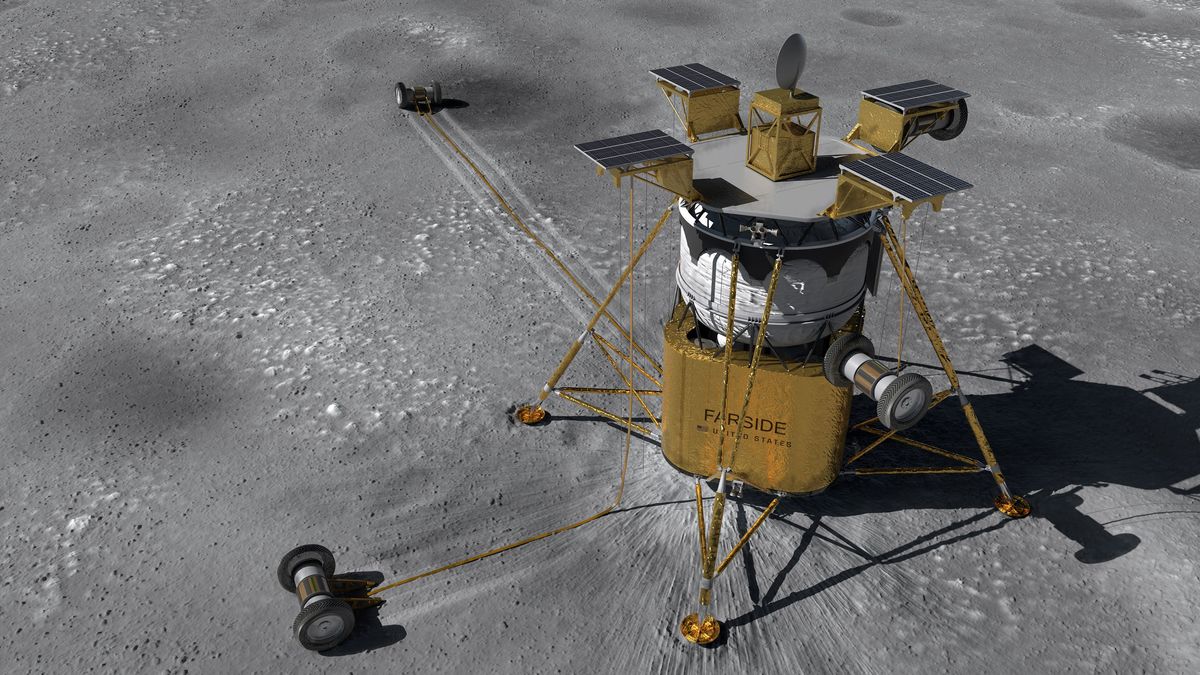On 25 July, 20 bullet trains running on China’s high-speed rail line linking Beijing and Shanghai sat idle for more than three hours because of a power failure. The outage—the fifth in the month since the line was opened—was but the latest indication that China’s high-speed train network is on a dangerous course. Just two days earlier, a high-speed railway train collided with another train that had lost power as well as its ability to communicate that it was marooned on the tracks. The collision, which occurred near Wenzhou, China, a city about 360 kilometers south of Shanghai, killed 38 people and injured more than 200 others.
Those are the facts. But what’s followed has been conjecture about whether China’s extremely ambitious high-speed rail program has resulted in a train network that is inherently unsafe. In 2009 alone, China sank nearly US $90 billion into high-speed rail line construction. The effort is part of a 20-year, $500 billion program to make trains moving at speeds up to 350 km per hour as basic a part of domestic travel in China as the interstate highways are in the United States. More than 13 000 km of the 30 000 km of new rail lines the Chinese government plans to lay down would accommodate trains traveling at these extraordinary speeds.
The world has been in awe of the political will and financial resources mustered to make this project move. But there has been growing fear that rail construction in China has moved at a pace that would inevitably cause it to fly off the rails. Since the first high-speed line opened in 2003, China has added more than 1000 km of new high-speed tracks a year, on average. Keeping up that pace (and keeping a tight rein on the budget) may have led to corners being cut in construction. Earlier this year, when the head of the Chinese Railways Ministry was fired for “severe violations of discipline,” problems with the ambitious project started to come to light. Among the problems cited by an unnamed railway ministry insider in the New York Times is the failure to use adequate amounts of chemical hardening agents in the concrete bases that support the tracks. The result, he said, would be the need to lower top speeds along the rail lines from 350 km per hour to 300 km within a few years. (In the aftermath of Saturday’s crash, the government made the safety conscious, but politically damning decision to do just that.
The world knows that China has been doing high-speed rail quickly, on the cheap, and with doctored-up versions of foreign train technology. (Chinese railway officials say they have “digested” designs from Japan and Canada and come up with train technology that is China’s own intellectual property. Perhaps it was an unfortunate choice of words, given the end product of digestion.)
And that’s led to whispers about whether the crash is a sign that high-speed rail is a problem. Experts say that fast-moving trains are definitely not a safety risk, citing the fact that no passengers have ever been injured or killed in the 47 years that Japan’s Shinkansen high-speed rail network has been in service. “You have to look at high-speed rail in a global context,” says Tony Dutzik, a senior policy analyst at the Frontier Group in Santa Barbara, Calif., who co-authored a 2010 report on high-speed rail (“A Track Record of Success: High-Speed Rail Around the World and its Promise for America”). Dutzik notes that, “There is a tremendous safety record, and no reason to believe that the thousands of miles of high-speed rail under construction and in the planning stages can’t help build the [economies of the nations where it's being installed], protect the environment, and get people where they need to be safely.” Dutzik calls China’s rapid high-speed rail buildout “a cautionary tale” about being overly ambitious. “It’s hard to imagine the United States going so fast and putting passenger safety at risk,” says Dutzik.
The U.S. Federal Railroad Administration concurs with Dutzik. An official who requested anonymity gave a detailed “No comment” regarding the circumstances surrounding the Chinese rail collision. Nor would the U.S. official speculate about the general adequacy, quality or condition of China’s railway equipment, infrastructure, technologies and operating procedures. But as for U.S. high-speed rail operations, the railroad administration has taken care, he says, to ensure that infrastructure, equipment, and operations “are the most robust and rigorously engineered in the world.”
Also let’s not forget the fact that passengers have died or been injured in collisions on regular, everyday, run-of-the-mill, transit systems with trains operating at speeds far below those achieved by Japan’s Shinkansen and France’s TGV. Take for instance the 22 June 2009 Washington, D.C. Metro crash that killed nine people and injured another 80 riders. It was subsequently discovered that a malfunctioning circuit in the system’s automatic control system prevented a stopped train from alerting other trains on the line that it was there. By the time the other train’s operator realized that something had gone terribly wrong, it was too late. Other technical glitches on the D.C. Metro had resulted in near misses that didn’t make the news.
Willie Jones is an associate editor at IEEE Spectrum. In addition to editing and planning daily coverage, he manages several of Spectrum's newsletters and contributes regularly to the monthly Big Picture section that appears in the print edition.



